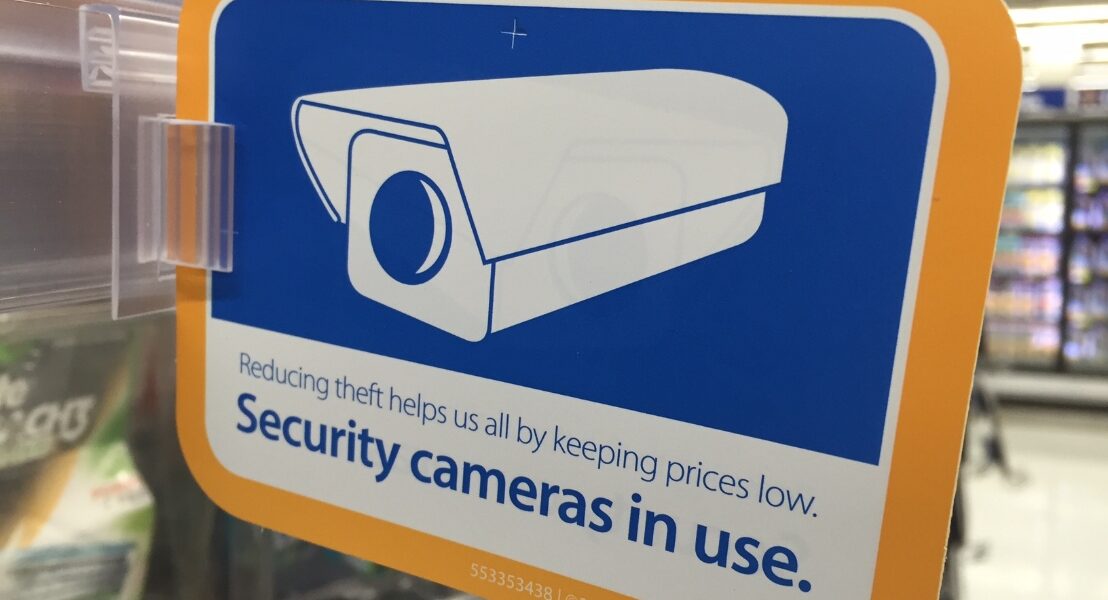Amplifying Risk in the Retail Environment

This report takes a critical look at the evidence available in the public domain on a range of interventions currently being used that may be employed to try and reduce theft by making offenders think twice about committing a crime through amplifying their sense of perceived risk of detection.
The Amplifying Risk in a Retail Environment report was published in 2016. It explores how retailers use different methods to deter theft and reduce shrinkage. The study reviews more than 30 years of research to show how risk amplification techniques can work effectively in retail settings.
What Is Risk Amplification?
Risk amplification is the practice of increasing an offender’s perception of being caught. Retailers use various tools and approaches to make theft seem riskier and less rewarding. The report reviews six key interventions that can amplify risk in a retail environment:
-
Tagging technologies
-
Closed Circuit Television (CCTV)
-
Signage, product stickers, and awareness campaigns
-
Security and sales staff
-
Store design, layout, and mirrors
-
Shelf-based interventions
Each area was reviewed to understand how it influences behaviour and contributes to overall store security.
Tagging Technologies
Tagging technologies are widely used in retail to deter theft. The report found that while evidence is generally positive, many studies lack rigorous testing. To be most effective, tags need to be visible or clearly advertised on the packaging. Hard tags are more effective than soft tags, and opportunistic thieves are more likely to be deterred than professional offenders.
However, tagging systems can lose credibility when false alarms occur, especially if store staff do not respond quickly or consistently to the alerts.
Closed Circuit Television (CCTV)
CCTV is another common method used to amplify risk in a retail environment. The report found that few studies measure the direct impact of CCTV on reducing store losses, and the results are mixed. Even so, CCTV can make staff more confident when approaching customers who are acting suspiciously. Opportunistic offenders are also more likely to be deterred by the presence of visible cameras than experienced thieves.
Signage, Stickers, and Campaigns
Signage and awareness campaigns help to remind customers that security measures are in place. Although many studies in this area are dated and have small sample sizes, they suggest that visible deterrent messages can reduce loss. A more recent study from 2011 found little measurable effect, but overall, clear communication about security can still reinforce other deterrence strategies in the store.
Security and Sales Staff
People play a vital role in retail theft prevention. The presence of visible and proactive staff can significantly increase perceived risk among potential offenders. The report highlights that mobile security guards are more effective than static ones, and that attentive sales staff using good customer service can discourage theft by reducing offender anonymity. Both professional and opportunistic thieves see engaged retail staff as a strong deterrent.
Store Design, Layout, and Mirrors
Store design and layout are key elements in supporting all other loss prevention measures. A well-designed store ensures that staff have a clear line of sight across high-risk areas. Avoiding cluttered spaces, high shelving, or narrow aisles improves visibility and makes monitoring easier. Store layouts should also allow for effective use of CCTV and security staff. Interestingly, the report found no clear evidence that mirrors deter theft; in some cases, they may help offenders observe staff movement instead.
Shelf-Based Interventions
Only one study was identified that examined shelf-based interventions, but it produced encouraging results. The study found that using a device to slow down product removal, combined with an alert when an item was taken, helped reduce shrinkage significantly without affecting sales. Although more research is needed, these findings suggest that small changes to how products are displayed can have a positive effect.
Summary
The Amplifying Risk in a Retail Environment report shows that retailers can use a combination of technology, people, and design to create stores that deter theft effectively. While some methods have stronger evidence than others, the best results come from combining visible technology, proactive staff, and well-planned layouts. Together, these measures help make theft appear riskier and reduce overall loss.
For more information on the Amplifying Risk in a Retail Environment report, from the ECR Shrink Group, contact RGIS to learn how we can help strengthen your loss prevention strategy.